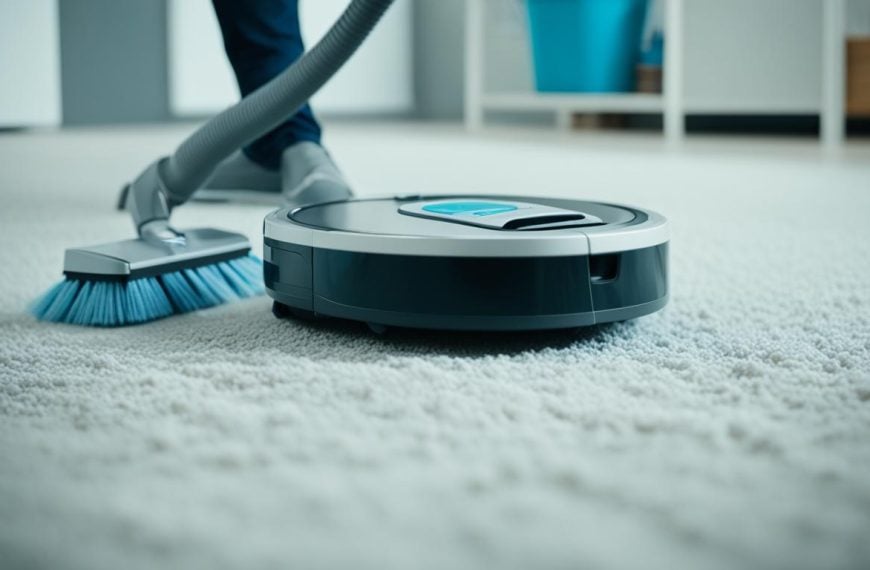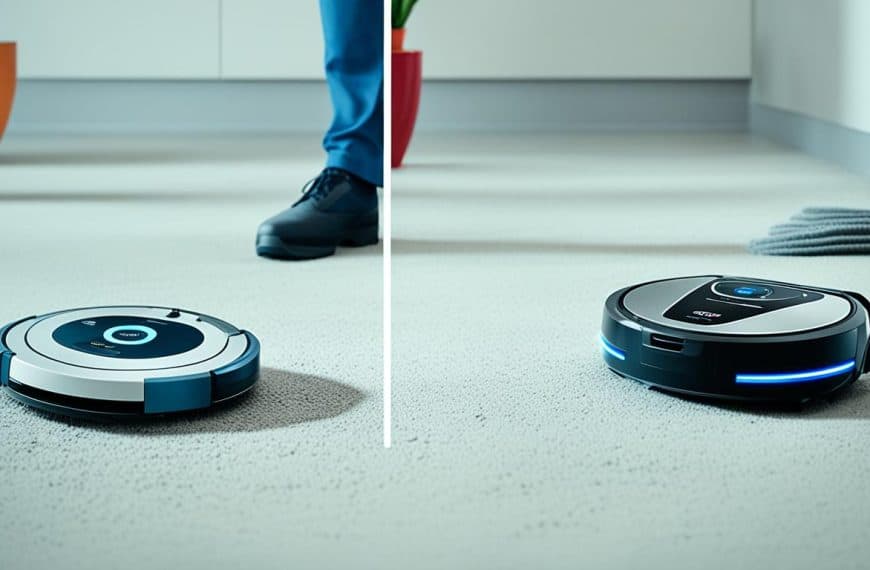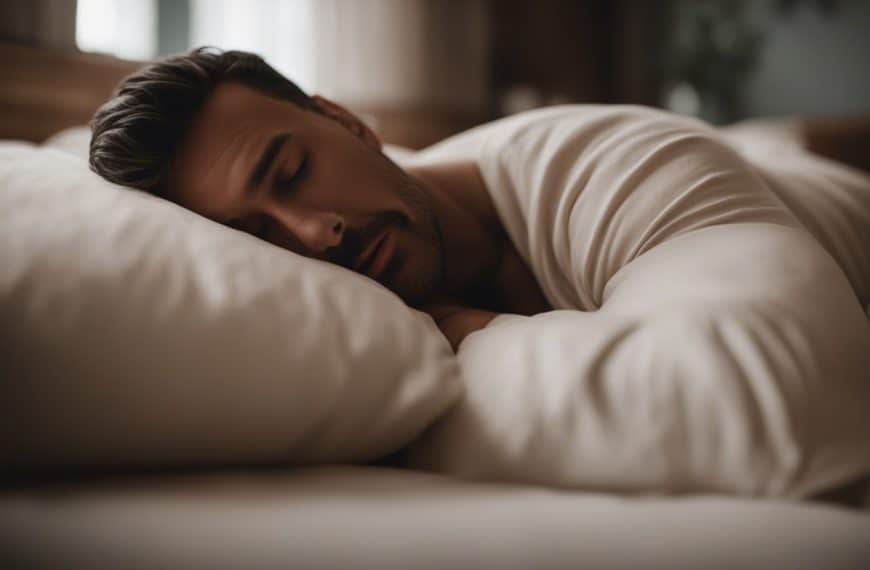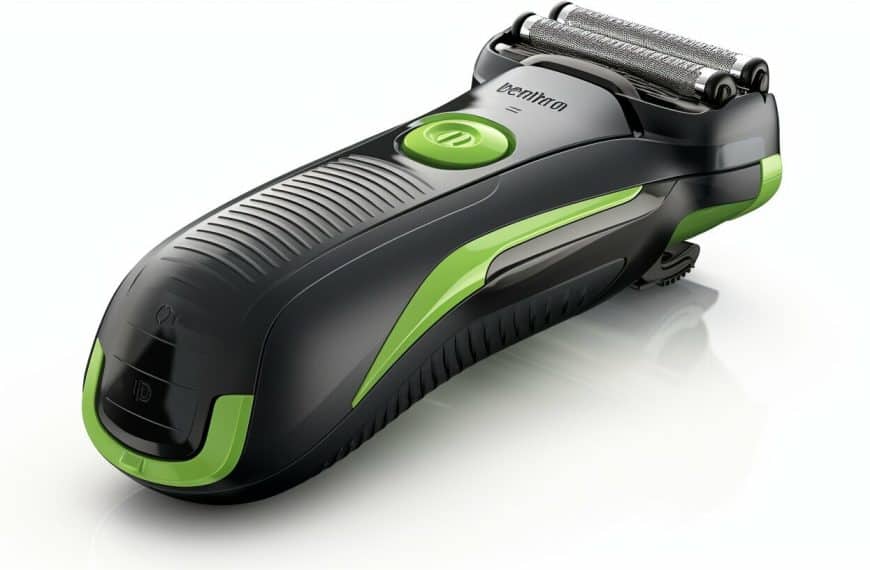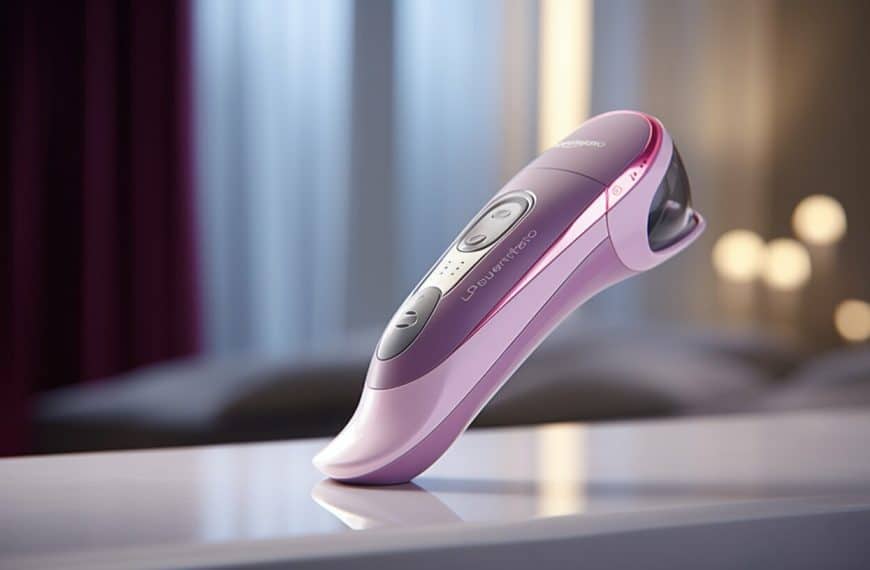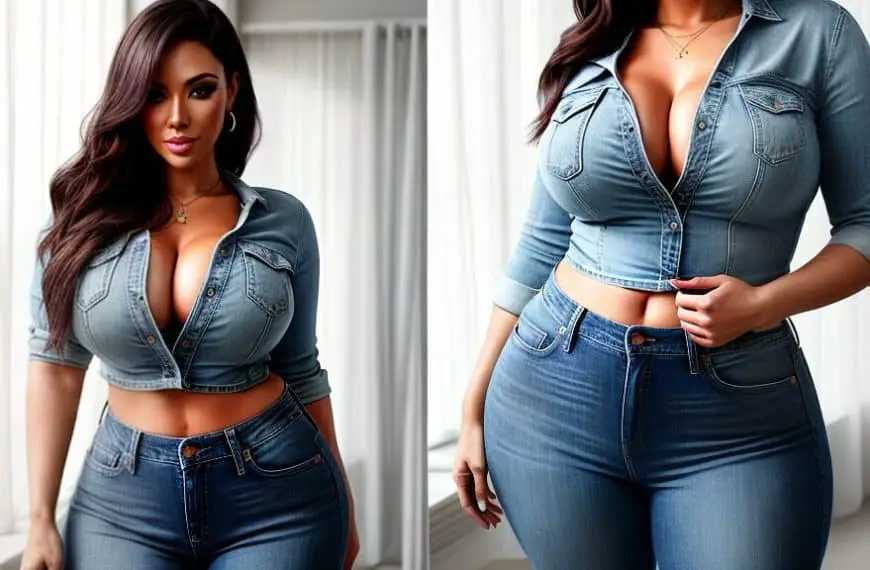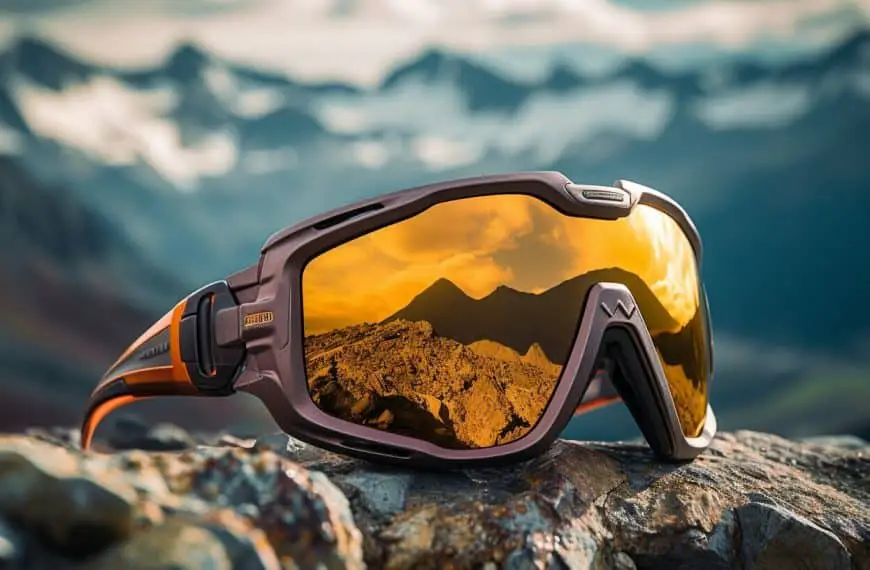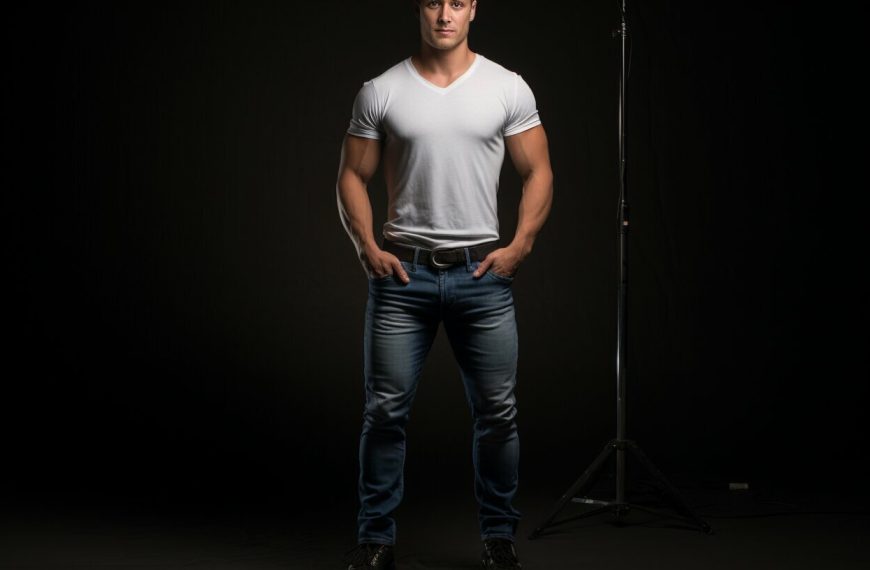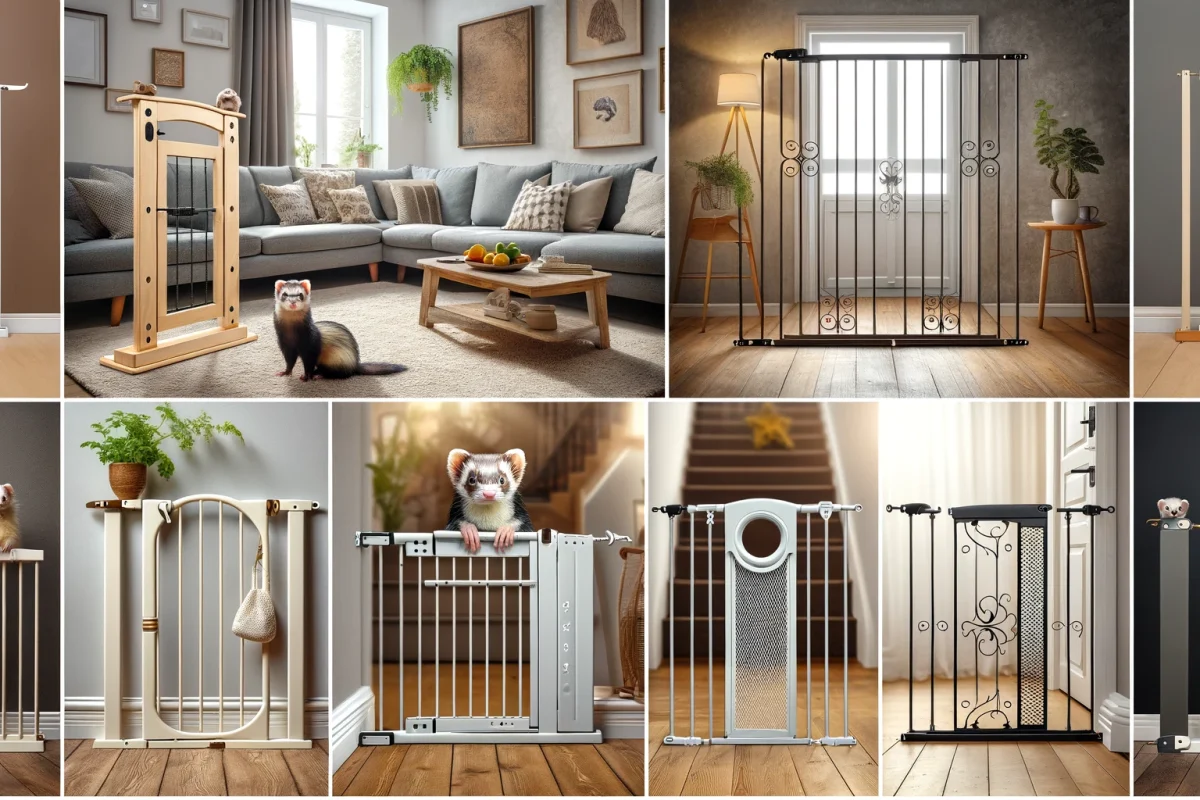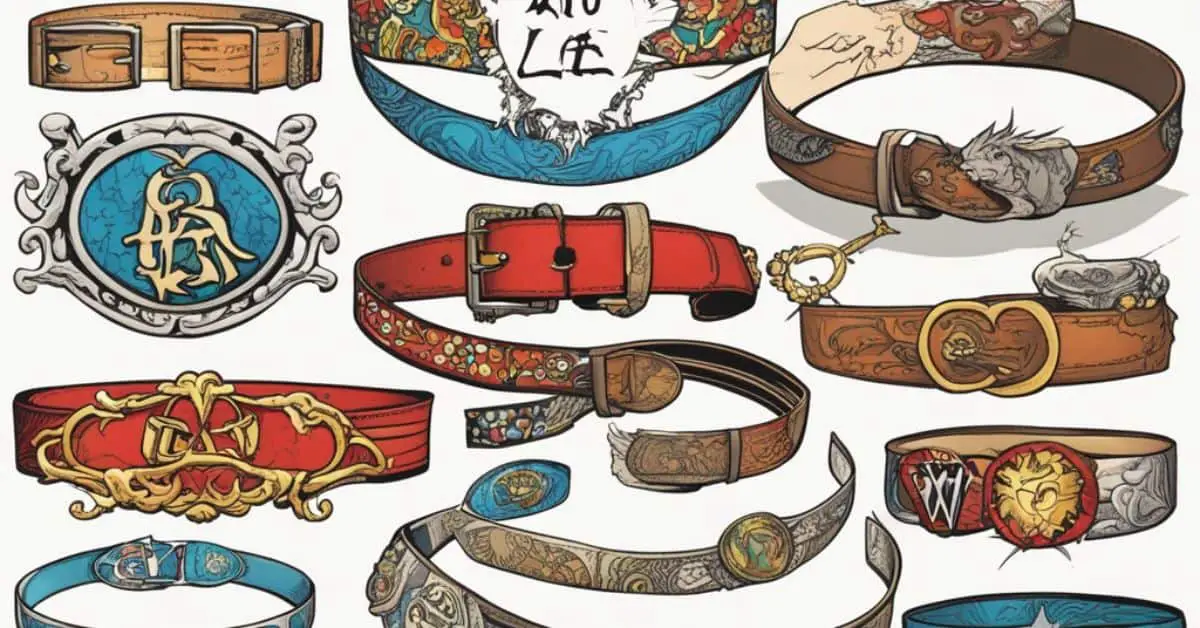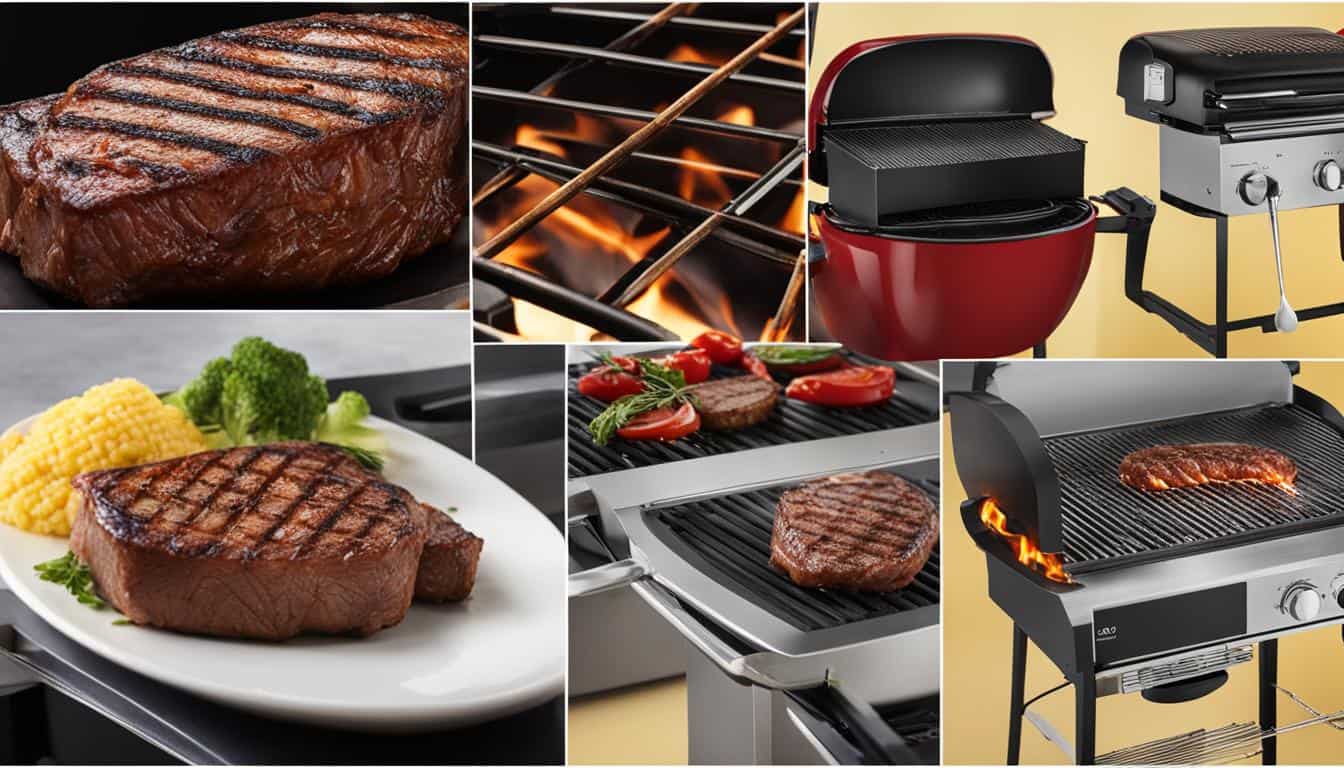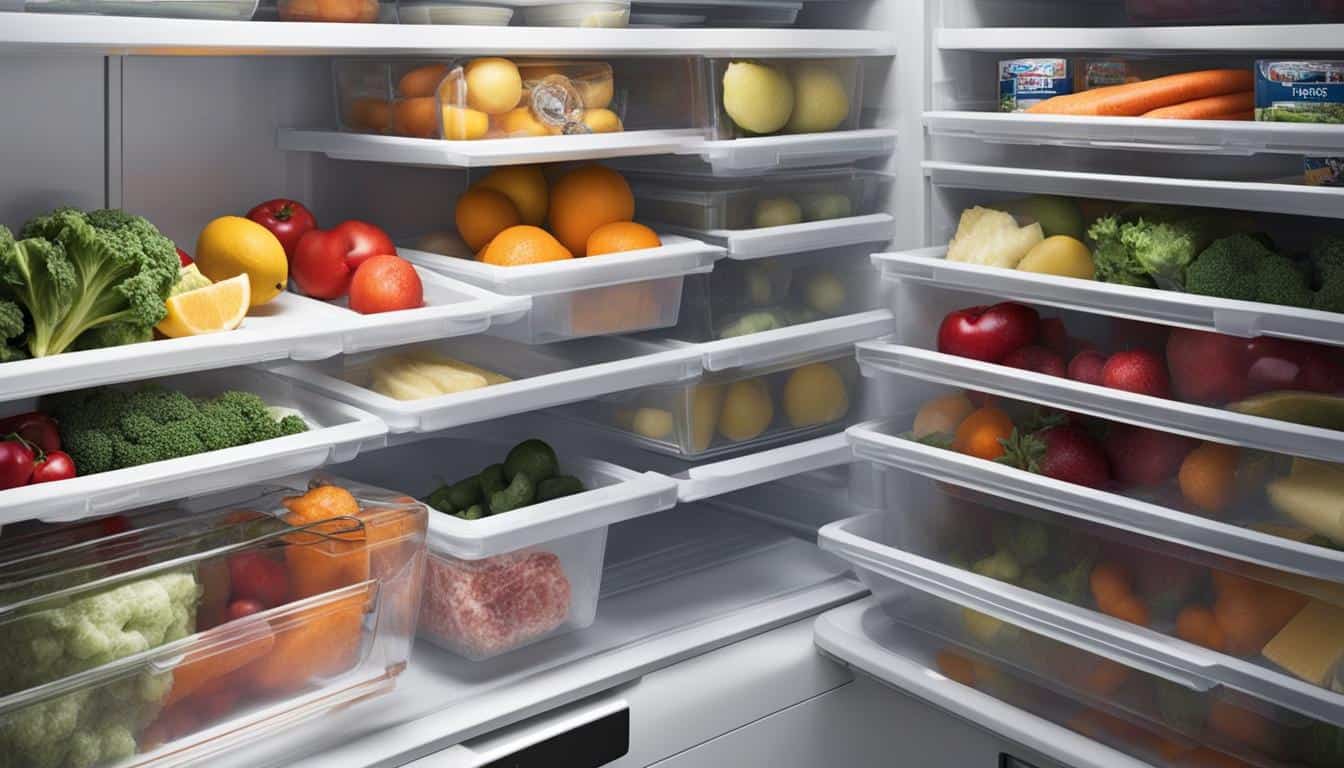-------
Learn More, Pick Smarter
Find Good Brands, Good Products, & Their Alternatives
reviews
Latest Posts...
Maximizing Your Robot Vacuum’s Battery Life: Tips and Tricks
Have you ever wondered how to make your robot vacuum’s battery last longer? Are you tired of your…
The Role of AI in Robot Vacuums: Smarter Cleaning Solutions
Imagine coming home to a spotless, impeccably clean house without lifting a finger. With the advancements in artificial…
How to Keep Your Robot Vacuum Running Smoothly: Maintenance Tips
Are you tired of your robot vacuum constantly getting stuck or not performing up to par? Do you…
Robot Vacuums vs. Traditional Vacuums: Which Wins the Cleaning Battle?
When it comes to keeping your home clean and tidy, there are two contenders vying for the top…
5 Things to Know Before Buying Your First Robot Vacuum
Are you tired of spending hours cleaning your floors? Are you ready to embrace the convenience and efficiency…
Top Features That Make a Robot Vacuum Stand Out
Robot vacuums have revolutionized the way we clean our homes, providing a convenient and efficient solution. But what…
Storage Ideas...
Appliances...
Blender Bottles: Blend On-the-Go | Minnesota
Have you ever wondered about the Top Blender Bottles for Minnesota Living? Let me tell you, it’s a…
Best Air Fryer for High-Protein Diets: Breville Smart Oven Air
Welcome to our comprehensive guide on the best air fryer for high-protein diets. If you’re looking for a…
Oven Mitts for Grilling: Good Finds on Amazon
Good Oven Mitts for Grilling are essential for anyone who loves to BBQ. These mitts protect your hands…
Wall-Mounted Range Hoods: Good Amazon Finds
Let’s chat about Wall-Mounted Range Hoods. They’re like the superheroes of your kitchen, fighting off smoke and smells…
Mixology Magic: Using Your Wine Cooler to Chill Ingredients for Craft Cocktails
Are you a fan of craft cocktails and want to elevate your mixology game? Do you have a…
Exploring 2-Quart Air Fryers: Ideal for Solo Cooking
When it comes to cooking for one person, a 2-quart air fryer is an ideal size. These compact…
Guides...
Electric Scooters 101: Your Complete Beginner’s Guide
Greetings, fellow scooter enthusiasts! Are you new to the world of electric scooters? Fear not, for I am…
What To Put in a Mini Fridge: Elevate Your Snack Game
Ah, the mini fridge—that cozy little appliance tucked away in dorm rooms, offices, and man caves. It’s like…
How to Rock Plus Size Belts: Top Fashion Tips
Ever wondered how to make plus size belts your ultimate fashion statement? I’m here to help! Navigating the…
Venta Air Washer Review: The Ultimate Solution for Clean and Fresh Air
Imagine walking into a room that feels just right – the air is fresh, you’re breathing easily, and…
Mastering the Art of Furniture Arrangement Around Your Couch
A living space is more than just an area to reside; it’s a canvas where our daily lives…
The Beginner’s Guide to Choosing Your First Home Espresso Machine
Have you ever woken up to the rich aroma of freshly brewed espresso? Imagine starting your day with…
plus size...
Fat Guy Friendly Motorcycle Gear: Outfits That Don’t Squeeze
Fat Guy Friendly Motorcycle Gear isn’t just a catchy p ase—it’s a call to action for the motorcycle…
Fat Guy Friendly Mattresses: Beds That Support Your Weight
Fat Guy Friendly Mattresses are game-changers, folks, and it’s about time we all caught on. We’re talking Big…
Fat Guy Friendly Belts: Good Belts That Don’t Dig Into Your Belly
Fat guy friendly belts should have some give, be narrow with small buckles, and be made of a…
Fat Guy Friendly Kayaks: Boats That Won’t Tip Over Easily
Fat Guy Friendly Kayaks are not just a niche market gimmick; they’re a testament to inclusivity in the…
Fat Guy Friendly Socks: Options That Don’t Cut Off Circulation
Fat Guy Friendly Socks are game-changers, and here’s why you need to know about them. Tired of the…
Fat Guy Friendly Camping Chairs: Seats That Won’t Buckle Under Pressure
Fat Guy Friendly Camping Chairs are a game changer, folks. Seriously, it’s about time we talk about Oversized…
Beauty...
Revolutionizing Clinical Research: Advanced Clinical And Stuffthatworks Collaborate
This article delves into the groundbreaking collaboration between Advanced Clinical, a leading clinical research services organization, and StuffThatWorks,…
Groomie Baldie Pro Review: A Blessing for the Bald and the Brave
Have you ever wondered if there’s a head shaver out there that’s as easy to handle as a…
Braun IPL Pro 5 Review: Is It the Home Spa Miracle We’ve Been Waiting For?
Have you ever dreamt of having silky-smooth skin without the hassle of frequent shaving or waxing? Let me…
Remington Balder Pro Review: The Bald Man’s Good Friend
Ah, the quest for the perfect head shave. We’ve all been there, right? You’re standing in the bat…
Remington iLight Pro Plus Review: 10 Things You Can Do With It
Ah, the quest for smooth, hair-free skin. Who hasn’t found themselves standing in front of the mirror, razor…
Is Truskin a Good Brand? Why We Rate It 83/100
TruSkin Naturals is known for its innovative offering of small-batch skin-care products that are formulated with quality ingredients…
fashion...
Dresses Like BCBG (5 Dresses Similar To BCBG)
5 Dresses Similar To BCBG BCBGMAXAZRIA is a luxury fashion brand that offers women’s clothing, accessories, shoes, and…
Zyia Leggings Review: Insight on Comfort & Style
Have you ever stumbled upon an activewear brand that just clicks with your fitness journey? Let me introduce…
Dresses Like Dwell and Slumber (5 Dresses Similar To Dwell and Slumber)
Dwell and Slumber is a maternity clothing brand that makes comfortable dresses, tops, and skirts. They have a…
50 Brands Like H&M
H&M is a Swedish clothing company that has grown to be one of the biggest names in retail.…
Bracelets Like Lokai (5 Bracelets Similar To Lokai)
If you are a bracelet or jewelry lover, then you have definitely heard of Lokai bracelets. They’re very…
Kaenon Sunglasses Review: Unveiling Top Styles & Features
Welcome to our Kaenon sunglasses review, where we’ll take an in-depth look at this popular eyewear brand and…
Product Reviews
Good Alternatives
Moisture Absorbers for Refrigerators. You know, those handy little things that keep your fridge smelling fresh and your veggies crisp? Let’s chat about why they’re…
If you’re looking to enhance your kitchen efficiency, save time, maintain a hygienic area, and be eco-friendly, owning a dishwasher is the perfect solution for…
Do you believe that electric grills lack flavor or are only good for cooking vegetables? Are you convinced that they can’t be used outdoors or…
Welcome to our guide on the best air fryers for Minnesota! If you live in the Land of 10,000 Lakes, you know how brutally cold…
Welcome to our expert guide to maintaining a frost-free freezer. In this article, we’ll show you how to prevent ice buildup and defrost your freezer…
If you’re following a FODMAP diet, you know how challenging it can be to find appliances that suit your needs. Cooking can be even more…
Categories
- Air Fryers85
- Alternatives403
- Appliances60
- Best53
- Blenders53
- Bread Makers1
- Buffet Servers1
- Can Crushers1
- Chocolate Fountains1
- Coffee Makers1
- Cookie Presses1
- Cooktops38
- cookware13
- Cotton Candy Machine1
- Crepe Makers1
- Dishwashers30
- Donut Makers1
- Egg Cookers1
- Electric Can openers1
- Electric Kettles1
- FAQs110
- Fondue Pots1
- Food Dehydrator1
- Food Processors22
- Food Slicers1
- Food Steamers1
- Food Warmers9
- Freezers34
- Good Brands5
- Gravy Boats6
- Griddles and Skillets1
- Grills67
- Grinders1
- Grow Lghts57
- Ice Cream Makers1
- Ice Makers21
- Ice Shavers4
- Ironing112
- Juicers14
- Microwaves45
- Milk Frothers1
- Mixers9
- Ovens46
- Panini Presses1
- Pasta Makers1
- Popcorn Makers1
- Popcorn Popper1
- Pressure Cookers1
- Quesadilla Makers1
- Rangehoods7
- Refrigerators49
- Reviews280
- Rice Cookers1
- Sausage Stuffers1
- Slow Cookers1
- Soup Kettles1
- Storage272
- Stoves45
- Toasters1
- Tortilla Presses1
- Vacuum40
- Waffle Makers1
- Wine Caddies1
- Wine Chillers1
- Wine Coolers34
- Wine Dispensers1
- Woks1
- Yogurt Maker1


